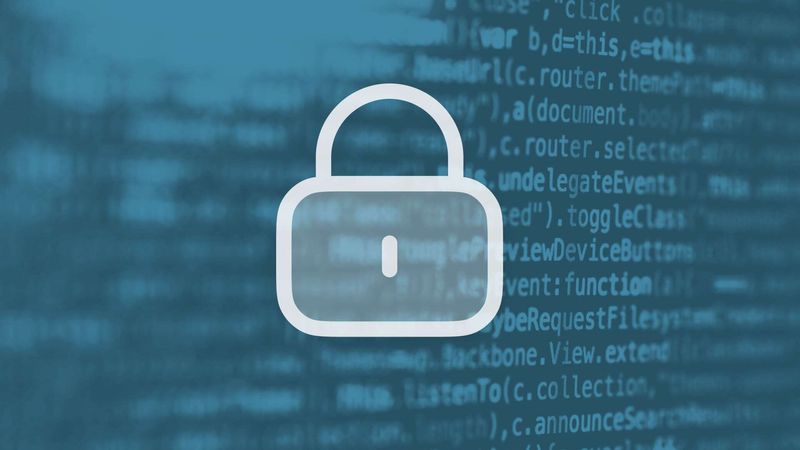The challenges of IoT security
Discover in this article the most common IoT security challenges and possible solutions to take into account for each new IoT venture.
This article was first published on
akenza.ioHistory shows that each new technical development can probably be used for good as well as for evil. The Internet of Things connects our whole planet, giving insights and data that has not been collected before and offers new and crucial insights into our world, business, or home.
But the more data is collected, transferred, and analysed through IoT solutions, the more attractive the target becomes for cybercriminals. From baby monitors to weather webcams, industrial robots, or healthcare and medical equipment – all have been targeted in the past, to gain access to its data, encrypt its usage for ransom or even alter and destroy the device.
New devices and sensors are created and connected every day, sheer billions of IoT sensors on this planet collect valuable data and are in the eyes of attackers oftentimes identified as not-so-secured entry points into larger IT infrastructure.
As the industry sees an increasing number of attacks, we take a closer look at the challenges and possible solutions for IoT security.
What are the biggest challenges in IoT Security?
The combination of many factors makes security a complex issue within IoT infrastructures. Hardware, software, network security, cloud & application security need to work together to provide a close-knit defense against attackers.
However, some overarching security challenges can be identified when it comes to IoT.
Lack of encryption
Unencrypted transfer of information between devices and their endpoint can become an opportunity for reading and intercepting critical data streams like login credentials. Not many devices use encryption in their standard configuration. Look out for the possibilities and the different protocols that are used in the data transfer.
Insecure authentication methods
It’s an oldie, but a goldie: Generally weak passwords, keys and key material continue to wreak havoc, even in 2022. Regarding IoT sensors and devices, those often come with a weak default password that is frequently used in the same model throughout or even are hardcoded without the option to change it. If the password is not changed or the default keys are not rotated before deployment, it could lead to severe vulnerabilities for attackers to use.
Outdated & hard to update firmware
Since the computing power of the devices is limited due to the nature of their desired and sometimes singular functioning, regular updates of the firmware can prove to be challenging, sometimes even impossible. Outdated firmware – and existing vulnerabilities therein – enable attackers to exploit these devices and gain access to their data.
Complex environments and access control
As more and more IoT devices make their way into our everyday life, seen and unseen, it is getting increasingly complex to monitor and control this infrastructure. No thorough user access control system, overlooked setups or mismanagement of devices through unknowing end users can put whole IoT systems at risk. With complex ecosystems it is even more important to have a clear understanding and pay attention to the weakest link in the setup to ensure security on all points.
Physical access
When sensors are placed in public or easily accessible places, it might be possible for attackers to remove the sensors and attack the hardware. If shared device keys or sensitive data are insecurely stored on the device, it could lead to an entry point into the whole organization.
How to improve IoT security of your IoT project?
It seems like dealing with IoT security is an uphill battle on multiple fronts. The complexity makes it even more important to think through every component of your IoT solution. Make sure you are implementing the following general steps to improving IoT security:
Regular updates
The deployment of patches, when possible scheduled and automated, reduces the attack surface and addresses known bugs and vulnerabilities that could be used as an entry point for the attackers. Several systems incorporate Over-the-Air (OTA) updates that are delivered through wireless connections and enable the quick rollout of fixes and updates.
Encryption and secure networks
End-to-end encryption protects the communication between your IoT devices and the wireless network and towards any further data points. Use the strongest encryption that is available in your hardware. Network security should be up to date and highly prioritized to minimize the chance of a successful attack.
Strong passwords
Get rid of default passwords and keys and update all before deploying. In theory, it sounds simple, but it is still a major security risk to this day. Heightened security can also be achieved with further IoT authentication methods like digital certificates, hardware root of trust (RoT), and trusted execution environment (TEE).
Additionally to these steps, it is recommended to be aware of the ever-evolving nature of technology, especially concerning network, protocol, and vulnerability issues. IoT itself is in constant transformation and development, and so are its security threats and defenses.
Security benefits from an IoT platform
IoT platforms help you tackle some of the security issues at hand. They provide you with many out-of-the box features such as oversight of device management, automation of crucial firmware updates, and monitoring and analytics of your devices.
For us at akenza, it is our goal to provide you with an IoT application enablement platform that makes it easy – and secure – for you to realize your IoT project. Thanks to our secure cloud-based platform, you can quickly rollout your IoT application. Additionally, we can also audit your hardware for safe deployment in the field.
But especially the usage of low-powered connectivity technology through LoRa and LoRaWAN provides a heightened security factor through these technologies, next to its cost-efficiency. Its mandatory authentication and end-to-end encryption standards make it even “secure by design”. That makes it harder for systems using this technology to fall victim to an attack.
Discover why akenza is trusted by many, from startups to large corporations, and explore our customer's smart solutions.
